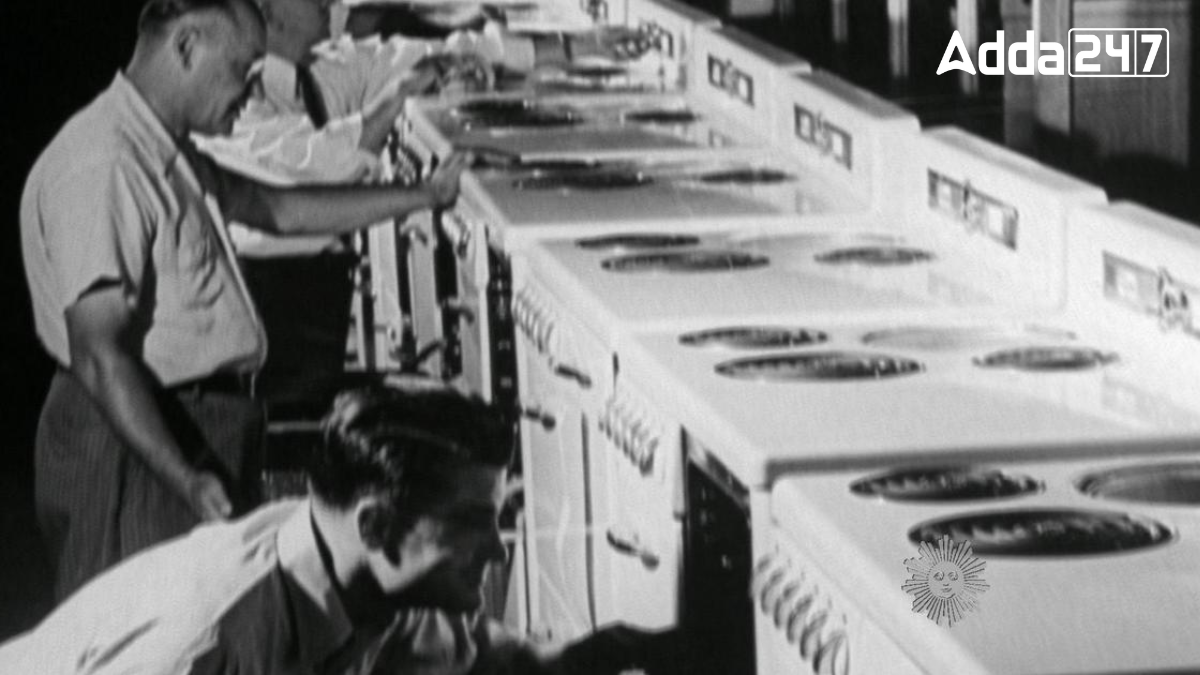The journey of the stove begins in ancient China. During the Qin dynasty (221 – 207 B.C.), the first known cooking apparatus that completely enclosed a fire was built from clay. This innovation provided a significant improvement in cooking methods by offering better heat control and safety. In this article, we will know about the inventor and invention of the electric stove.
Early Stoves in Europe
A few thousand miles to the west, the first recorded use of a stove in Europe occurred in 1490 in the town of Alsace, France. This marked the beginning of stove use in the Western world, paving the way for future advancements.
Wood-Burning Stove
In the mid-18th century, Benjamin Franklin invented a wood-burning stove made of iron. Although Franklin was a brilliant inventor, his initial design had a major flaw. He routed the smoke out through the bottom of the stove, which was not effective. Eventually, the design was improved by directing the fumes through a tube at the top of the stove, allowing them to escape outside. Variations of Franklin’s model became the standard for several decades.
The Advent of Gas Stoves
As technology progressed, gas stoves began to replace coal and wood burners. English inventor James Sharp received a patent for a gas stove in 1826. By the start of the 20th century, gas ovens became commonplace in households due to their ease of operation and space efficiency.
The Invention of the Electric Stove
The next significant breakthrough came with the invention of the electric stove. Canadian executive Thomas Ahearn assembled the first electric range in 1892. This innovation set the stage for further developments in cooking technology.
Inventor of the Electric Stove
In 1896, William Hadaway received the first patent for an electric stove. By the late 1920s, electric stoves began to compete with their gas counterparts. They became more popular because they were easier to clean, less expensive, and faster. However, some cooks at the time felt that electric stoves took the art out of cooking, focusing more on convenience than the traditional, loving preparation of food.
Evolution of Electric Stoves
Many companies started manufacturing electric ranges, which typically featured resistor heating coil models with basic components like thermostats, burners, separate broil and bake rods, timers, and oven lights. The burners consisted of circular metal cylinders of nichrome-alloy resistance wires. Electricity passing through these wires produced heat, causing the elements to turn red at the highest heat settings. The voltage levels determined the different heat settings.
Inside the oven, cooking racks included a bottom element for baking and a top element for broiling. When the oven reached the pre-set temperature, a thermometer gauge signaled the thermostat to reduce the heat. As the oven cooled, the thermostat signaled it to resume heating.
Glass-Ceramic Burners and Induction Stoves
The 1970s saw the introduction of glass-ceramic burners, which had a low coefficient of heat conduction, allowing easy passage of infrared radiation. This innovation heated more rapidly with minimal afterheat and featured a smooth, flat surface that was easier to clean.
Another advancement was the induction stove, which heats through electromagnetic induction. However, this technology requires pots and pans with ferromagnetic bottoms.
Modern Stoves
Today, nearly all kitchens in the United States have either a gas or electric range. Both types of stoves can accomplish the same cooking tasks, and the choice between them usually comes down to personal preference. Gas stoves offer precise heat control, while electric stoves are known for their ease of cleaning and safety features.




 Which City is known as the City of Grape...
Which City is known as the City of Grape...
 Who was Known as the Court Poet of Samud...
Who was Known as the Court Poet of Samud...
 Which City of Norway is Known as the Cit...
Which City of Norway is Known as the Cit...







